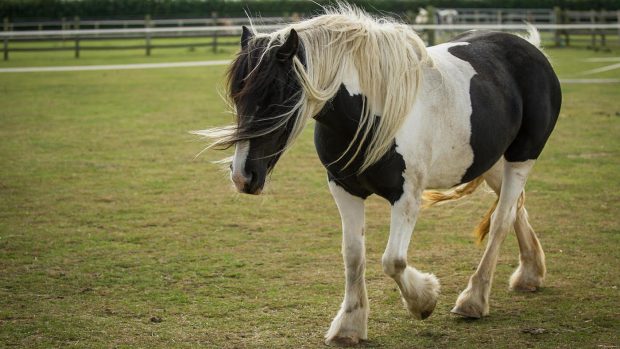In the past it has been customary to stand laminitic ponies in a stream or to hose their feet with cold water. But in recent years this has been frowned upon by equine vets.
In an effort to investigate whether cooling the lower limbs is beneficial, Australian vets used an ice boot to investigate whether laminitis is made worse or better with such therapy.
They developed and tested a boot that enabled them to keep the lower limbs of horses immersed in a slurry of ice and water for 48 hours. By implanting tiny probes into the hoof wall the vets were able to measure hoof temperature.
In the first part of the experiment they used the boot on normal horses to see whether it caused any damage to the limbs or hooves. No ill effects were noticed.
In the second part, they put one of the horse’s limbs in the ice boot for 48 hours, but this time they induced laminitis by overloading the horses with carbohydrates.
All the horses developed laminitis, as was predicted, but in every horse treated with ice, the lameness in the untreated limb was much more severe than the lameness in the limb that had been standing in the ice boot.
Even more convincing was the investigation of the cells of the laminae under the microscope — all the ice-treated feet had less evidence of laminitic damage compared to the untreated feet.




